 Newport Colored High School
Newport Colored High School
Time Period: World War II through the Faubus Era (1941 - 1967)
 Newport Colored High School
Newport Colored High School
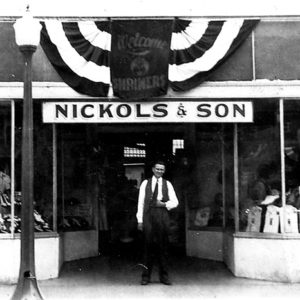 Nickols & Son Store
Nickols & Son Store
Nighthawk, Robert
aka: Robert Lee McCollum
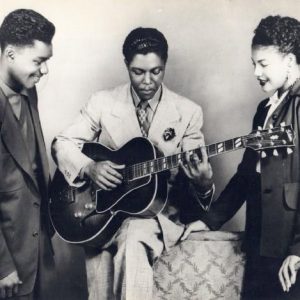 Robert Nighthawk
Robert Nighthawk
 Nimrod Dam
Nimrod Dam
Nimrod Dam and Lake
Nine from Little Rock
Noble, Marion Monden
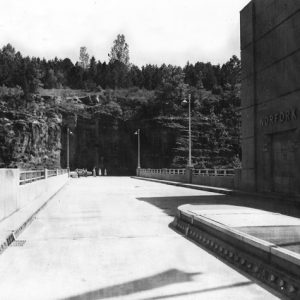 Norfork Dam
Norfork Dam
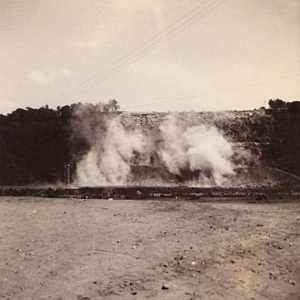 Norfork Dam Construction
Norfork Dam Construction
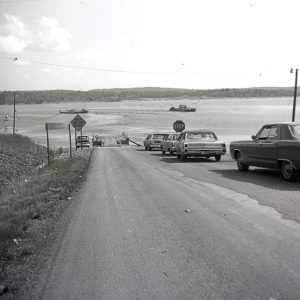 Norfork Lake Ferry
Norfork Lake Ferry
 Norfork Lake Ferry Crossing
Norfork Lake Ferry Crossing
Norfork Dam and Lake
 Norfork Lake Ferry
Norfork Lake Ferry
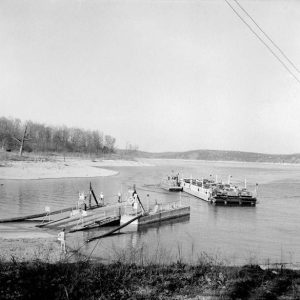 Norfork Lake Ferry
Norfork Lake Ferry
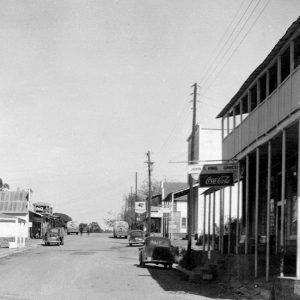 Norfork Street Scene
Norfork Street Scene
 Norfork Train Depot
Norfork Train Depot
 Catherine Norrell
Catherine Norrell
Norrell, Catherine Dorris
Norrell, William Frank
Norris, Walter
 North Fork River Bridge
North Fork River Bridge
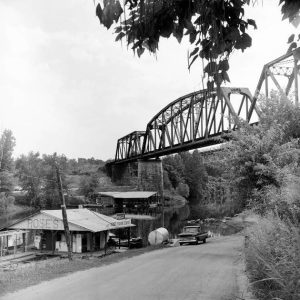 North Fork River Railroad Bridge
North Fork River Railroad Bridge
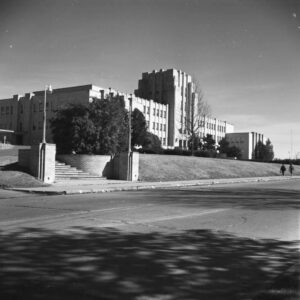 North Little Rock High School
North Little Rock High School
 North Little Rock Police Dept. and Court
North Little Rock Police Dept. and Court
 North Little Rock Post Office
North Little Rock Post Office
North Little Rock Six
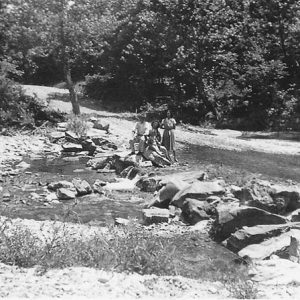 North Sylamore Creek
North Sylamore Creek
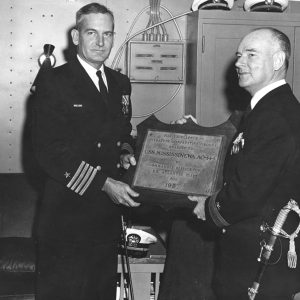 Ira H. Nunn
Ira H. Nunn
Nunn, Ira Hudson (1901–1990)
Oak Forest United Methodist Church
 Oaklawn Architectural Drawing
Oaklawn Architectural Drawing
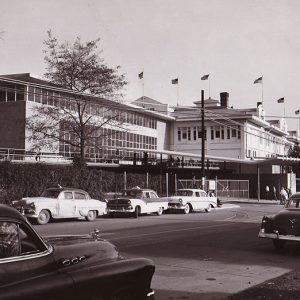 Oaklawn Entrance
Oaklawn Entrance
 Oaklawn Park Racetrack
Oaklawn Park Racetrack
Oates, Will Etta Long (Willie)
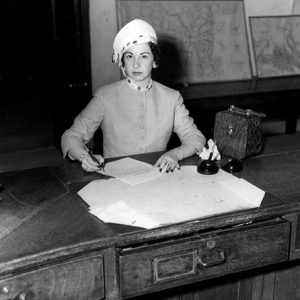 Willie Oates
Willie Oates
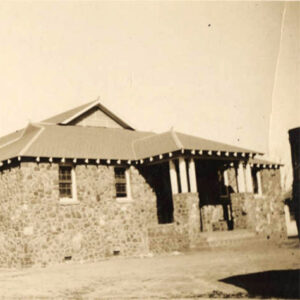 Oden School
Oden School
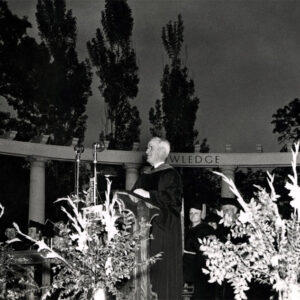 Dunbar H. Ogden
Dunbar H. Ogden
Ogden, Dunbar H., Jr.
 Oil Production in El Dorado
Oil Production in El Dorado
 Oil Trough Bottoms
Oil Trough Bottoms
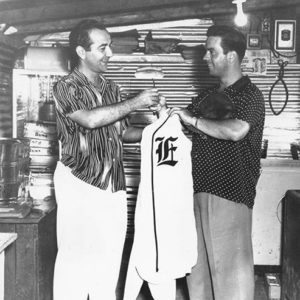 Oilers Owner Harry Brandt and Catcher Johnny Palazzini
Oilers Owner Harry Brandt and Catcher Johnny Palazzini
Okolona Colored High School Gymnasium
 "Ol' Man River," Performed by William Warfield
"Ol' Man River," Performed by William Warfield
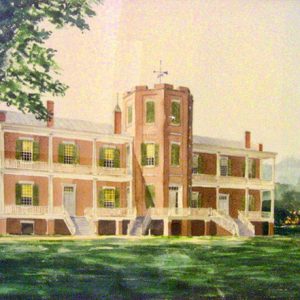 Old Arsenal
Old Arsenal
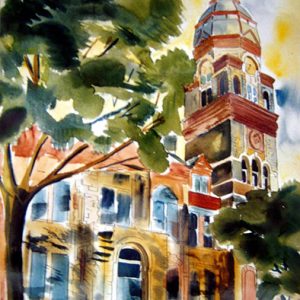 Old Courthouse
Old Courthouse
 Old Federal Building
Old Federal Building
 Old Main, ca. 1960s
Old Main, ca. 1960s
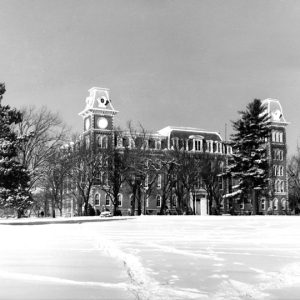 Old Main Building, UA
Old Main Building, UA
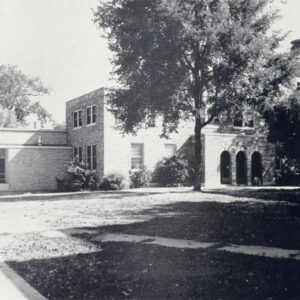 Old UAM Library
Old UAM Library




